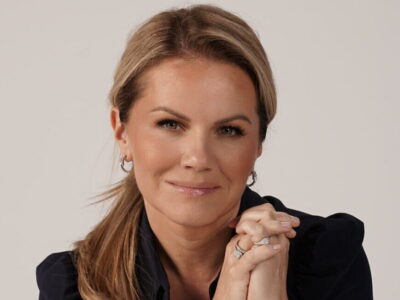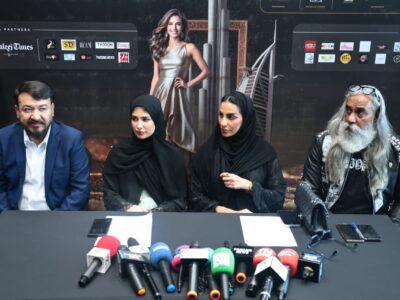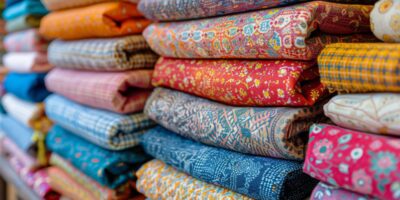The global fashion landscape is continuously evolving, becoming more inclusive and diverse. One of the most compelling developments in contemporary fashion is the fusion of Western trends with Middle Eastern and North African (MENA) aesthetics. This blend not only enriches the global fashion vocabulary but also highlights the unique cultural heritages of the MENA region, presenting them in a new light on international platforms. This article explores how fashion designers are merging these diverse styles to create innovative, cross-cultural designs that appeal to a global audience.
The Roots of MENA Aesthetics
MENA’s fashion aesthetics are deeply rooted in the region’s rich history, culture, and traditions. The intricate embroidery, luxurious fabrics, bold patterns, and vibrant colors of traditional MENA garments tell stories of centuries-old craftsmanship and artistry. These elements have been hallmarks of the region’s identity, resonating within local markets and increasingly captivating the interest of the global fashion community.
Influences of Western Fashion Trends
Western fashion, known for its fast-paced evolution and trend cycles, contributes a different set of aesthetics to the fusion. It often emphasizes minimalism, innovative cuts, and a neutral palette that contrasts sharply with the opulence and vibrancy of traditional MENA designs. The adoption and incorporation of Western fashion trends have been facilitated by globalization and the international exchange of fashion ideas through media, travel, and technology.
Fusion on the Global Stage
Designers from the MENA region are increasingly gaining recognition on the global fashion stage by creating a synthesis of these diverse influences. They take foundational elements from MENA traditions—such as the flowing silhouette of a kaftan or the ornate detail of Islamic art—and infuse them with modern, Western-style tailoring and simplicity. This approach not only preserves the cultural heritage but also makes it accessible and appealing to an international audience.
Case Studies in Fusion
- Elie Saab, a Lebanese designer renowned for his exquisite gowns, seamlessly incorporates luxurious Middle Eastern motifs into designs that captivate Western audiences. His use of detailed embroidery and beadwork combined with silhouettes that appeal to contemporary fashion sensibilities exemplifies the potential of this cultural blend.
- Huda Al Nuaimi, a Dubai-based designer, reinterprets traditional motifs in a playful, modern context, often using Western garment structures as her canvas for Middle Eastern embroidery and embellishments.
These designers exemplify how the fusion of Western and MENA elements can result in a fresh, unique style that respects tradition while embracing modernity.
Challenges and Opportunities
While the fusion of Western and MENA aesthetics offers exciting possibilities, it also presents challenges:
- Balancing Act: Designers must carefully balance tradition with innovation. Too much emphasis on either element can alienate potential customers who either value the cultural authenticity of the designs or seek contemporary relevance in their apparel.
- Cultural Sensitivity: Navigating cultural appropriation concerns is crucial. Designers must approach fusion with respect, ensuring that cultural elements are used thoughtfully and appropriately to avoid misrepresentation or trivialization.
Marketing Fusion Fashion
Successfully marketing this fusion fashion requires strategic communication that highlights the cultural depth and contemporary relevance of the collections. Designers often need to educate their audience about the cultural significance of the elements used while showcasing how these designs fit into modern, cosmopolitan lifestyles. Digital marketing, through platforms such as Instagram and Pinterest, plays a crucial role in this educational and promotional effort.
Conclusion
The fusion of Western trends with MENA aesthetics represents a dynamic and exciting frontier in global fashion. It reflects a broader trend towards more inclusive and diverse fashion industries that celebrate cultural uniqueness without sacrificing modernity. As more designers from the MENA region participate in global fashion weeks and gain international exposure, the influence of MENA aesthetics is set to increase, enriching the global fashion scene with its vibrant heritage and innovative designs. This ongoing blend of cultures not only promotes cross-cultural understanding but also paves the way for new creative possibilities in the world of fashion.














